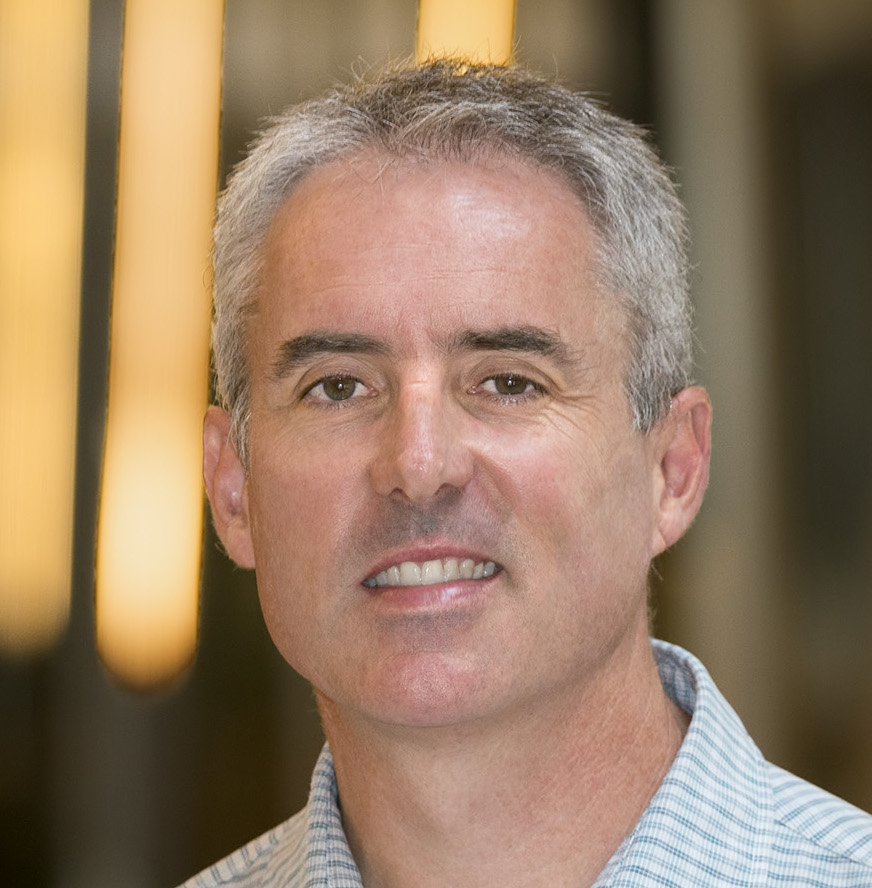Second meeting of new ISSI burst team @ Monash
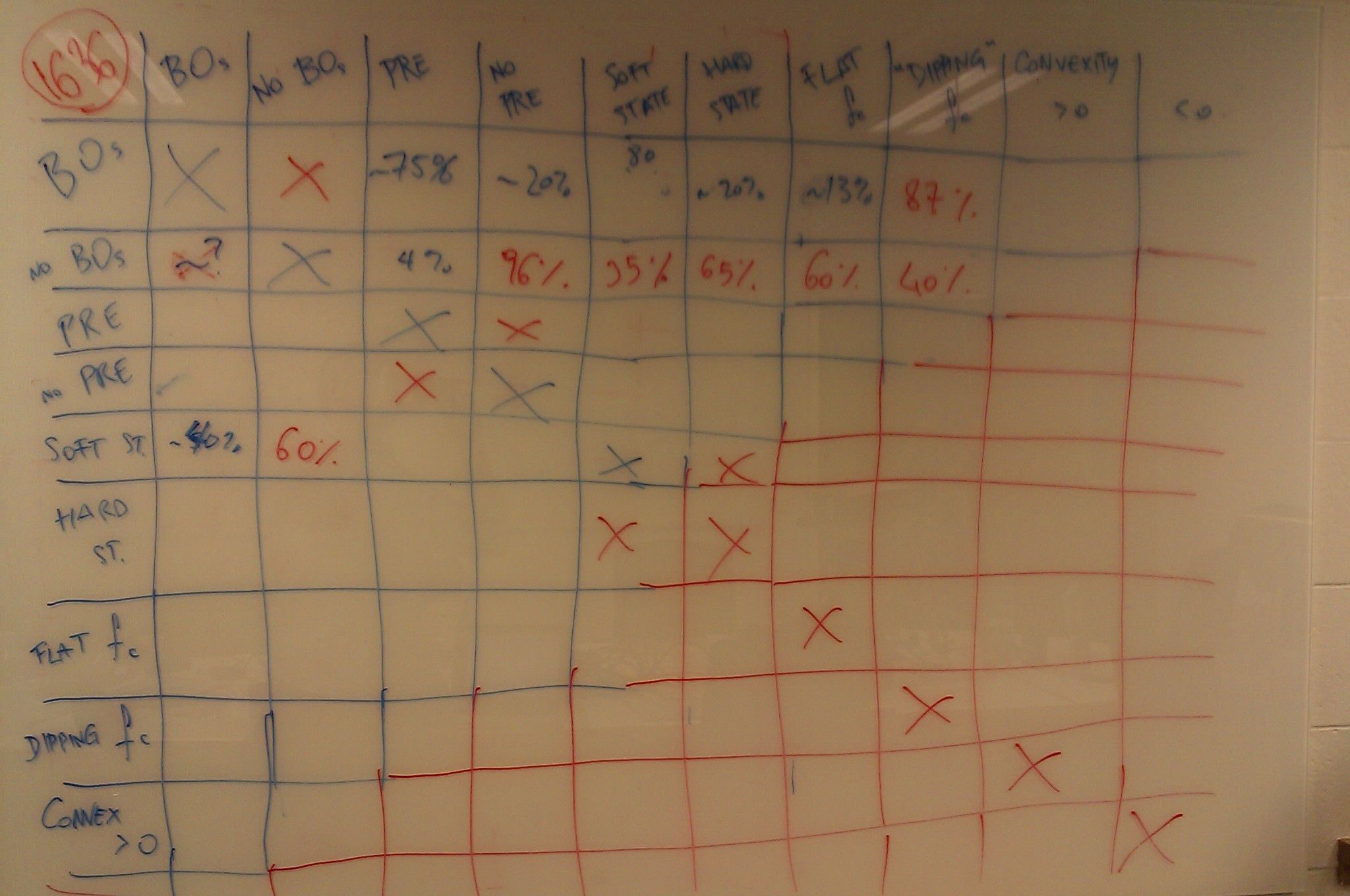 Our
International Space Science Institute (ISSI)
team on
thermonuclear bursts
called for — as with all such teams — two meetings in Bern,
separated by about a year. For this team, featuring a strong contingent of
members from Monash, we decided to have a mid-term meeting in Melbourne,
sponsored (in part) by the
Monash Centre for Astrophysics (MoCA).
This inaugural "ISSI-South" meeting, held August 19—23, featured 9 team
members from Germany, Canada, Netherlands, USA, Denmark and Spain, in addition
to the five local team members and students.
Our
International Space Science Institute (ISSI)
team on
thermonuclear bursts
called for — as with all such teams — two meetings in Bern,
separated by about a year. For this team, featuring a strong contingent of
members from Monash, we decided to have a mid-term meeting in Melbourne,
sponsored (in part) by the
Monash Centre for Astrophysics (MoCA).
This inaugural "ISSI-South" meeting, held August 19—23, featured 9 team
members from Germany, Canada, Netherlands, USA, Denmark and Spain, in addition
to the five local team members and students.
The meeting was as usual a great chance to share recent progress and catch up with the team's activities. Highlights included the workshop dinner on the Colonial Tramcar Restaurant, and the windup tag-team seminar to MoCA members by team leader Andrew Cumming and myself.


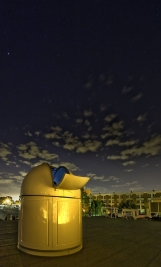 The
The
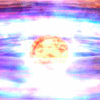 Since the 1970s the standard approach for analysing the X-ray spectrum emitted
during thermonuclear bursts included subtracting off the persistent spectrum
prior to the burst, implicitly assuming that this component (which arises
from accretion) could not vary during the burst. On the other hand,
Since the 1970s the standard approach for analysing the X-ray spectrum emitted
during thermonuclear bursts included subtracting off the persistent spectrum
prior to the burst, implicitly assuming that this component (which arises
from accretion) could not vary during the burst. On the other hand,
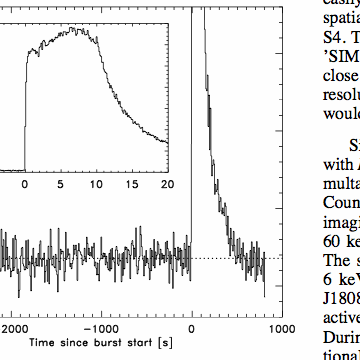 Back in November 2011, the 401-Hz millisecond pulsar SAX J1808.4-3658
went into another of it's regular (every ~3 yr) outbursts.
SRON's
Back in November 2011, the 401-Hz millisecond pulsar SAX J1808.4-3658
went into another of it's regular (every ~3 yr) outbursts.
SRON's 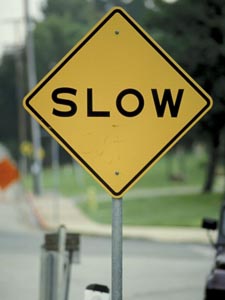 The Rapid Burster is unique for its so-called type-II X-ray bursts, during
which the X-ray intensity brightens dramatically, and which can recur as often
as every few tens of seconds. The precise mechanism is unknown, but the bursts
are thought to be episodes of enhanced accretion mediated (somehow) by the
magnetic field.
The Rapid Burster is unique for its so-called type-II X-ray bursts, during
which the X-ray intensity brightens dramatically, and which can recur as often
as every few tens of seconds. The precise mechanism is unknown, but the bursts
are thought to be episodes of enhanced accretion mediated (somehow) by the
magnetic field.
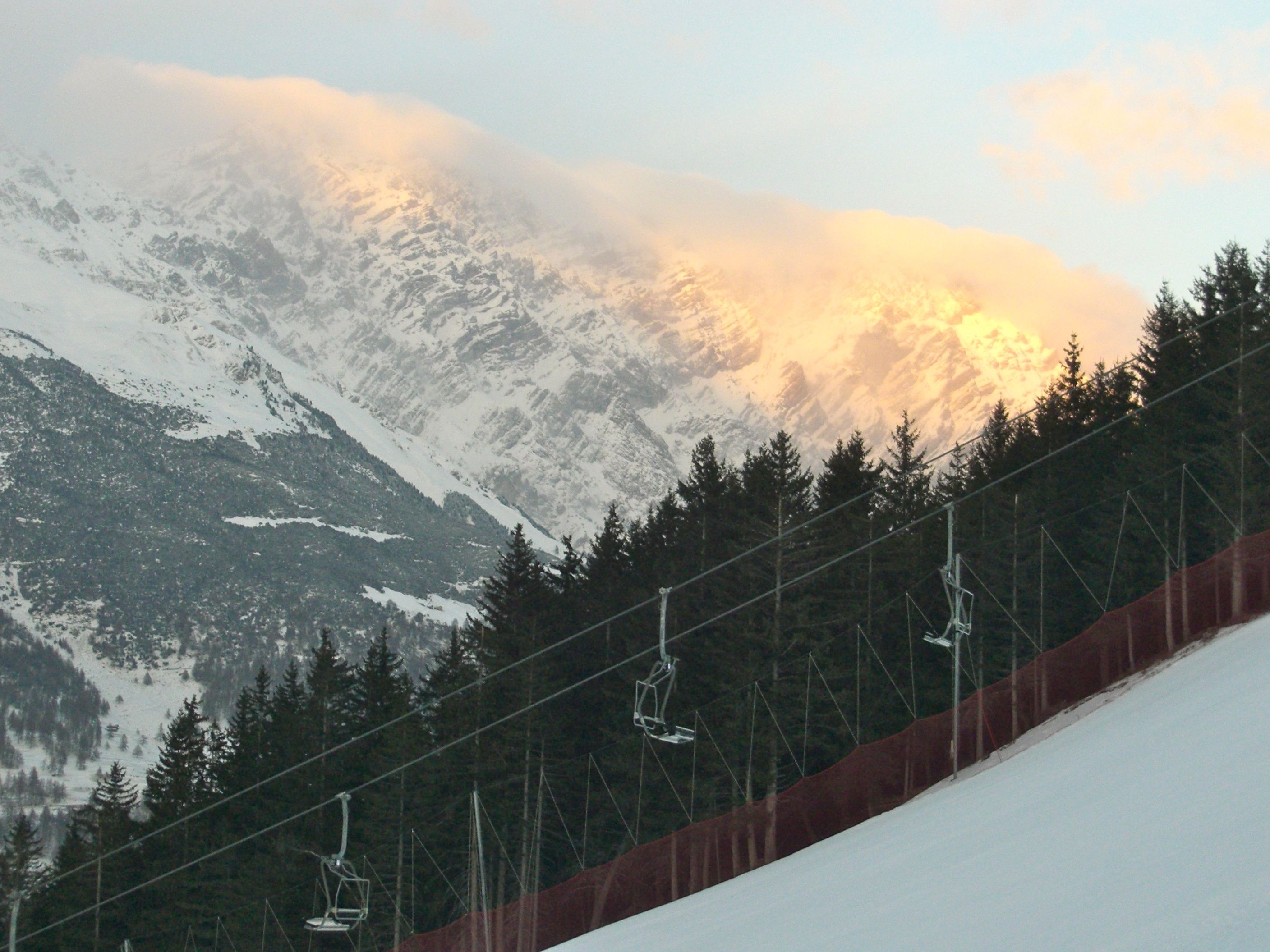 In January I was back to Europe for the
In January I was back to Europe for the
